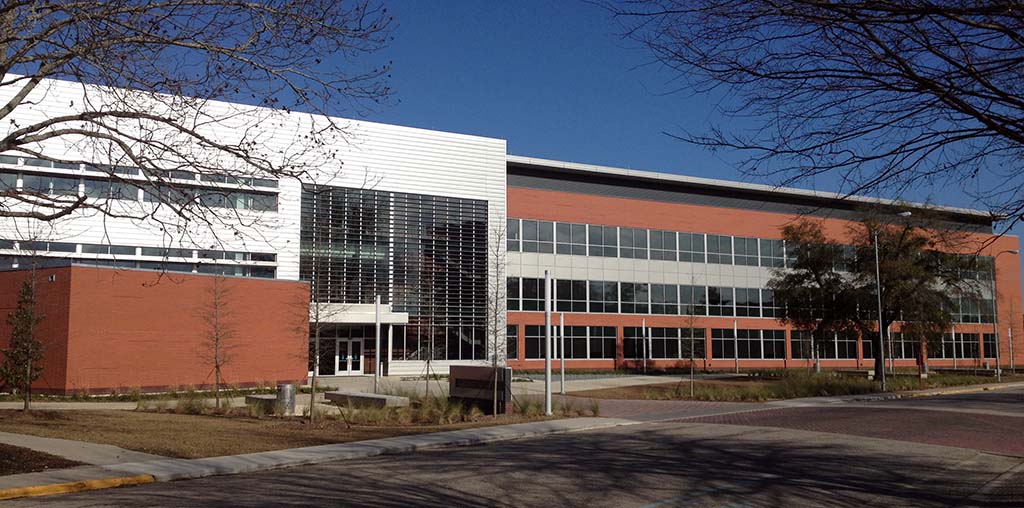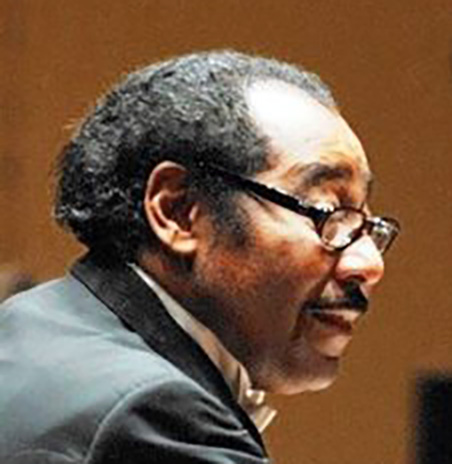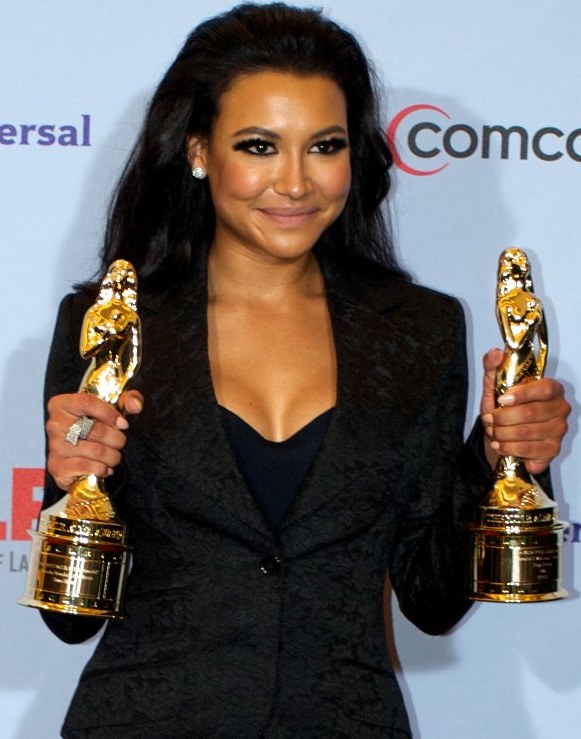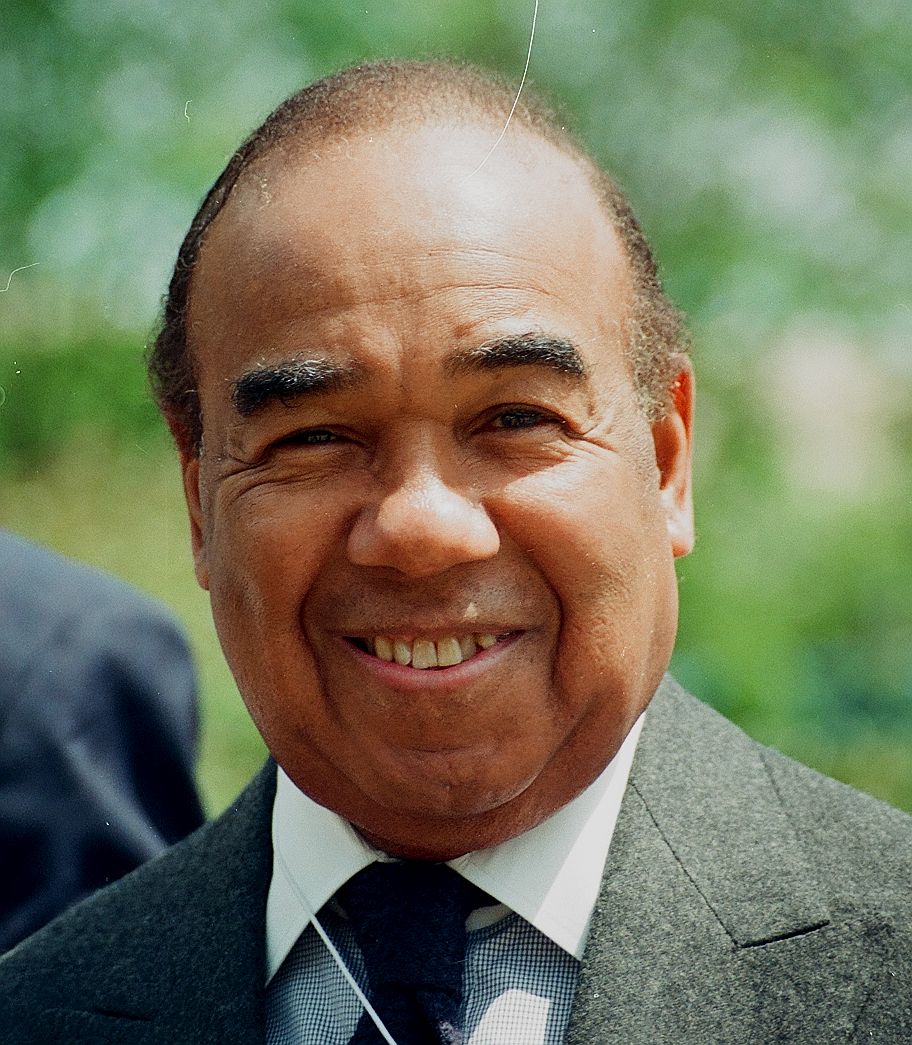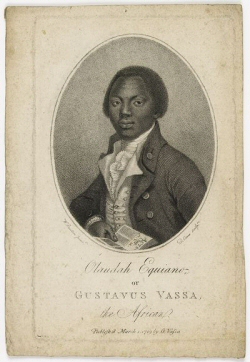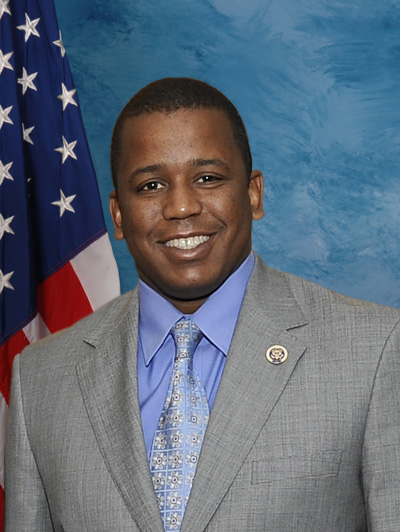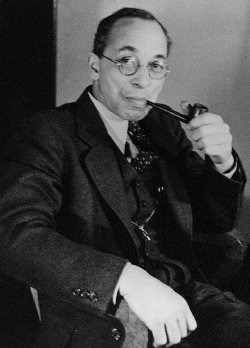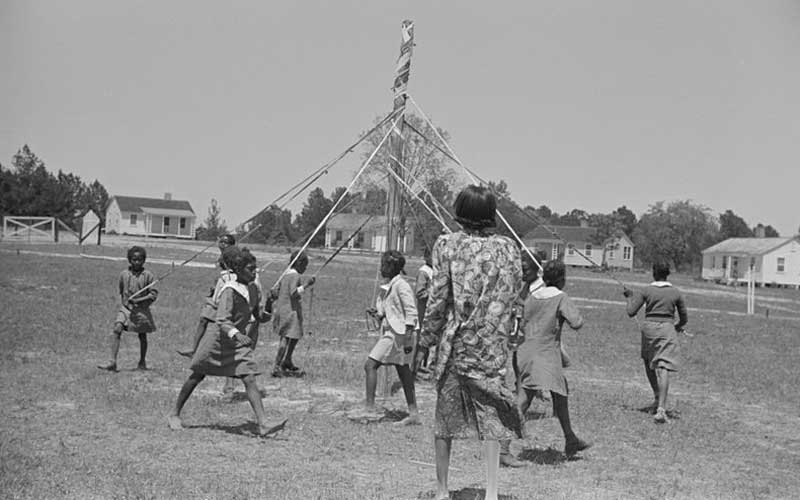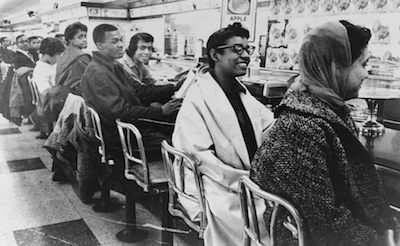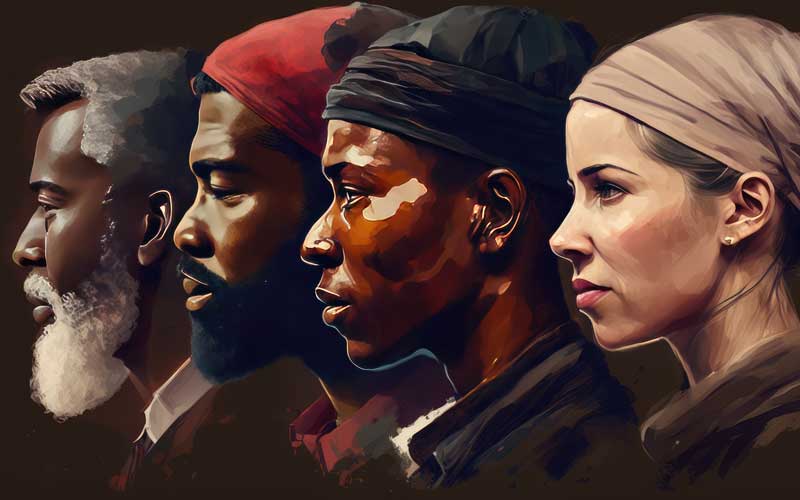South Carolina State University (SCSU) was founded in 1896 by an act of the South Carolina General Assembly and remains the state’s sole public college for African American youth. It was established in Orangeburg, South Carolina as a land grant institution that focused mainly on agriculture, mechanics and teacher training.
The campus’s early history is linked to Claflin University. In 1872 the South Carolina General Assembly created South Carolina State Agriculture and Mechanical Institute as part of Claflin University. In 1896, however, the General Assembly passed an act of separation that established the Agriculture and Mechanical Institute as an independent institution.
By the 1920s the Institute began offering college level courses but further development was hampered by lack of funding throughout the next decades. By the 1950s, South Carolina, facing the threat of lawsuits from the NAACP and other civil rights organizations over the integration of higher education, began to channel money and other resources into the Institute. In 1954 the name of the school was changed to South Carolina State College (SCSC) and a graduate program and law school were created to maintain segregation of similar programs at the University of South Carolina.
In 1960s SCSC students participated in local civil rights demonstrations, and many were arrested. In 1968, the college gained national attention when three men were killed and 27 wounded on campus by state highway patrolmen during a protest against a segregated bowling alley. The incident, known as the Orangeburg Massacre, is commemorated by a memorial plaza near the entrance to the campus. Student protests continued, however, prompting the state government to provide more funding for the campus. In 1974 the 14-story Sojourner Truth Hall was constructed followed by the I.P. Stanback Museum & Planetarium, the only facility of its kind on a historically black college campus. In 1992 the college became South Carolina State University (SCSU).
Although the school was opened to white students in 1966, it remains an overwhelmingly African American campus with a 2009 enrollment of approximately 4,100 undergraduates and 700 graduate students. SCSU ranks 4th nationally in degrees granted to African Americans in mathematics, and it has the only undergraduate Nuclear Engineering Program in South Carolina. SCSU’s alumni include Ernest Everett Just, a prominent early 20th century biologist; U.S. Congressman James E. Clyburn; Benjamin Mays, President of Morehouse College; Benjamin F. Payton, President of Tuskegee Institute, and Juanita Goggins, the first African American woman elected to the South Carolina Assembly.

